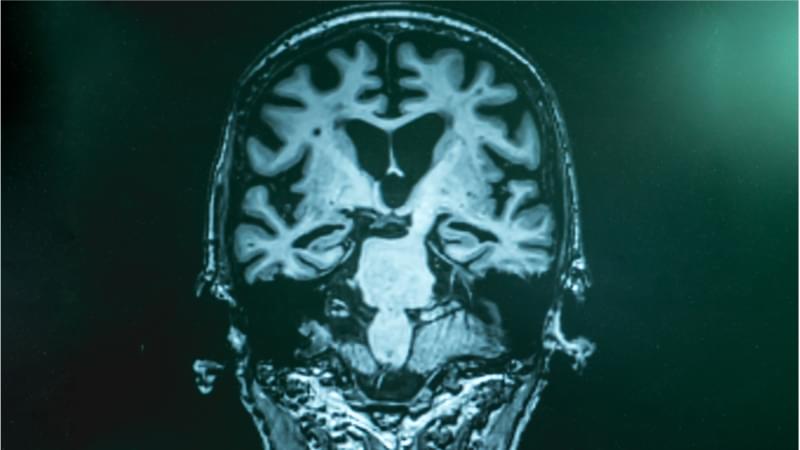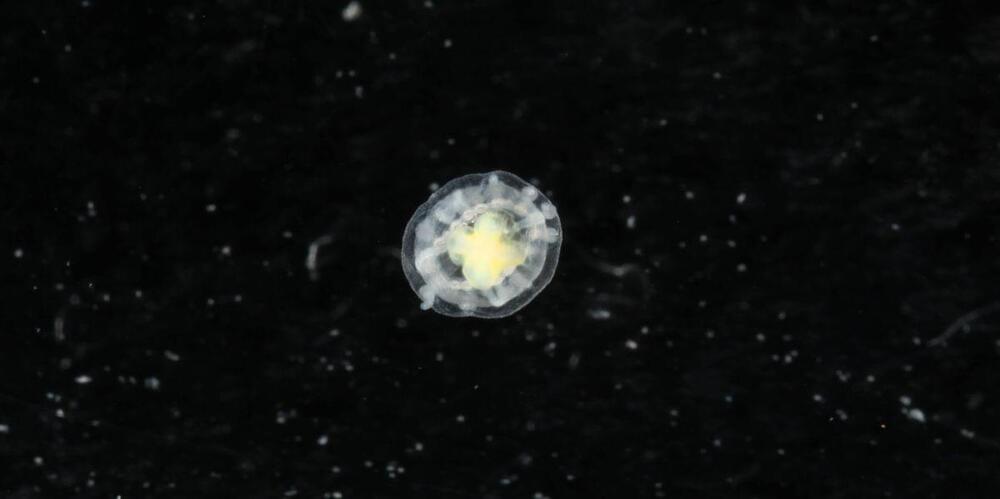That plateau is called “mortality compression”—where the age of death remains relatively fixed. It’s been a consistent phenomenon for folks born up until the 1900s. But according to the study, “mortality postponement”—where the maximum age at death is on the rise—seems to be more common in those born between 1910 and 1950. This means the oldest people born in that timeframe have a solid chance at stretching their years beyond 120.
“As these cohorts attain advanced ages in coming decades, longevity records may increase significantly,” McCarthy says in the news release. “Our results confirm prior work suggesting that if there is a maximum limit to the human lifespan, we are not yet approaching it.”





